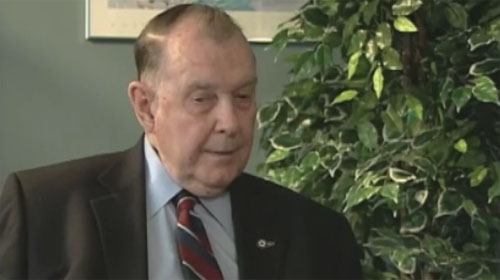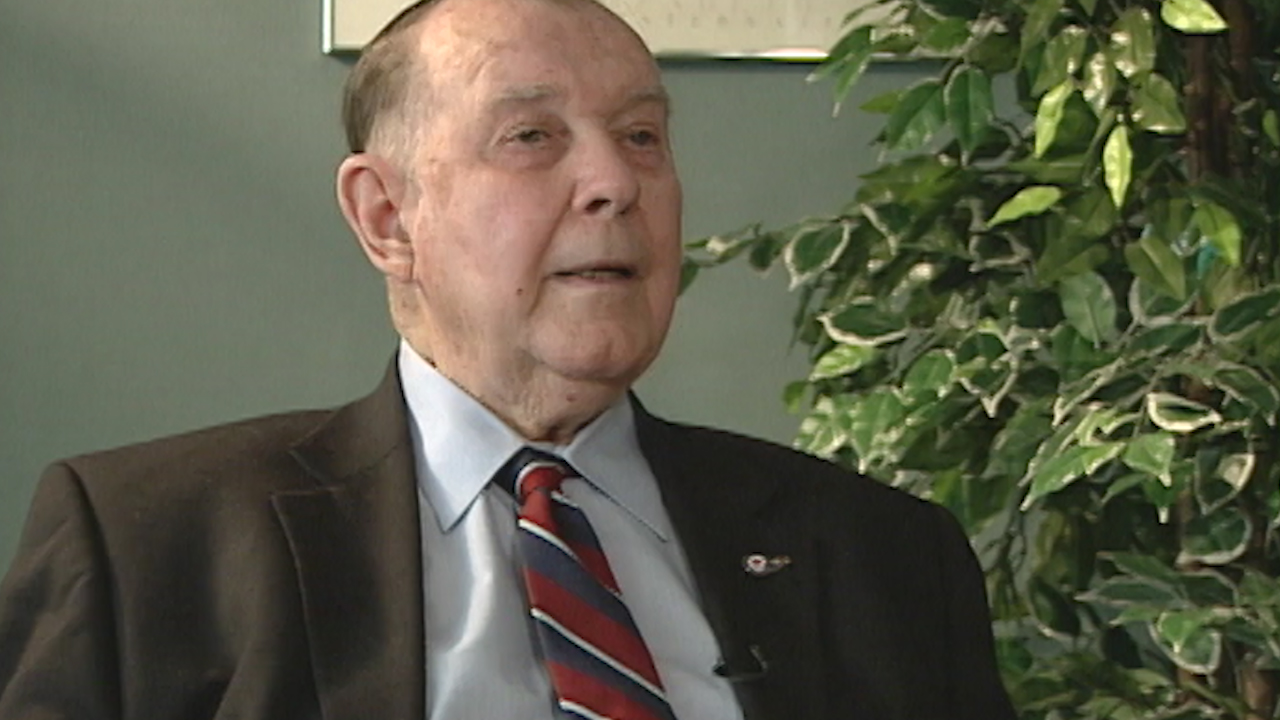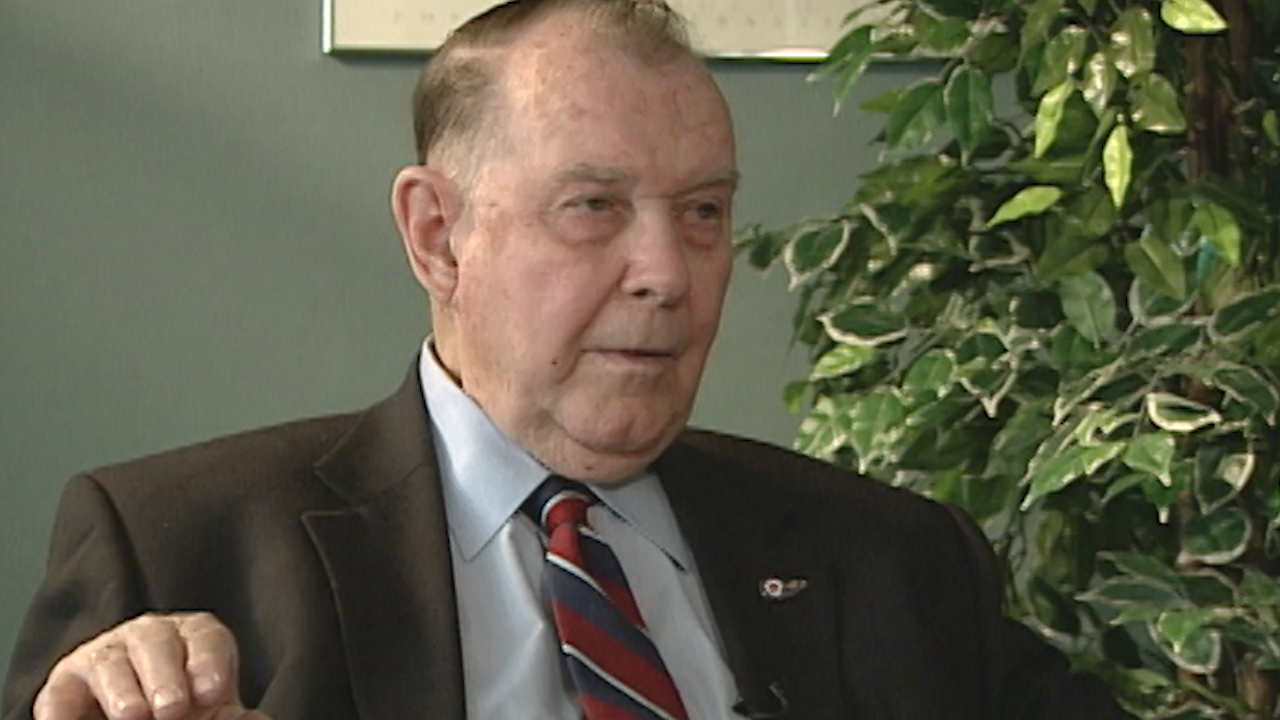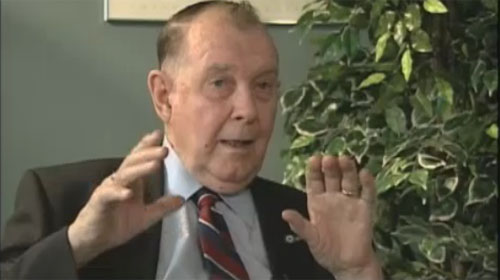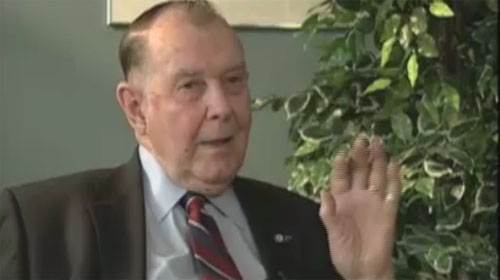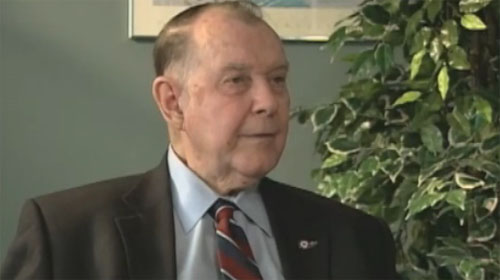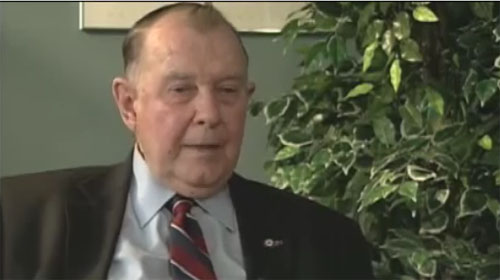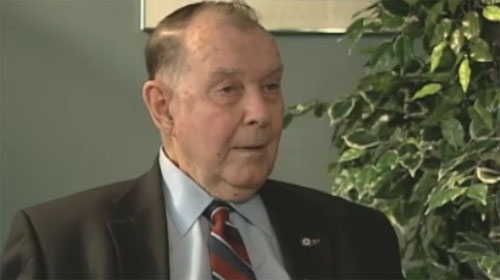The Beast You Had To Get In
Heroes Remember
The Beast You Had To Get In
Initially you’d join up for aircrew and you passed the medical.
Then the key thing there was the Link Trainer and that was the
beast that you had to get in and you were shown how to do it and
if your coordination was good enough and you didn’t spin in and
wreck yourself. And particularly when they closed the hood, then
you would go on as a pilot trainee. If you flunked that then
you’d still stay in aircrew but you’d go into the streams for
navigator, bomber-aimer, whatever. The Link Trainer was like a
simulator built by a man by the name of Link in the States and
it was like the simulators they have today, very sophisticated.
This was a stubby little machine with little wings – blue – if I
remember correctly, or grey. You got into and it’s like a
cockpit. You had a control stick. You had your rudder pedals.
You had basic instruments and it was all powered actually, I
think, by air and bellows. But they could put in turbulence and
so on. And they give you direction and you’d turn. You could
climb and dive and climb and you had to watch the instruments
and you could spin them and you’d crash, sort of thing. It was
the... and we did this all the way through. You did because they
could simulate different courses and approaches and so on and
that was part of our training to get our wings. And even when I
was instructing you had to go in the Link Trainer to do some
procedures and so on. It was, as I said, it was the beast that
you had to overcome. That was the initial hurtle. And everybody
wanted to be a pilot. But if you did that ... and of course
other people got washed out later because of air sickness ...
what have you. But that was the start of it.
Related Videos
- Date modified:




